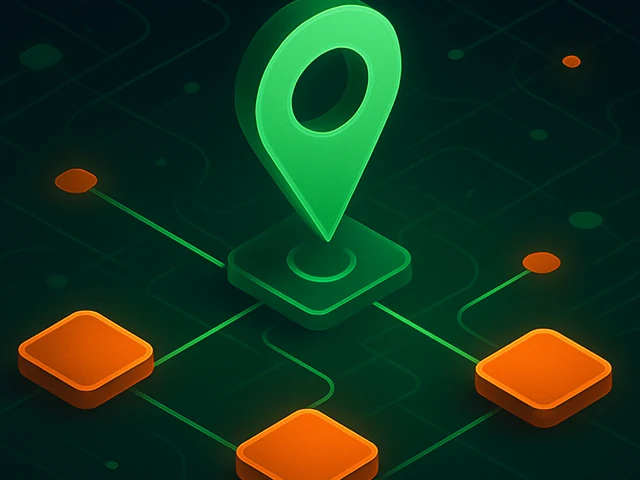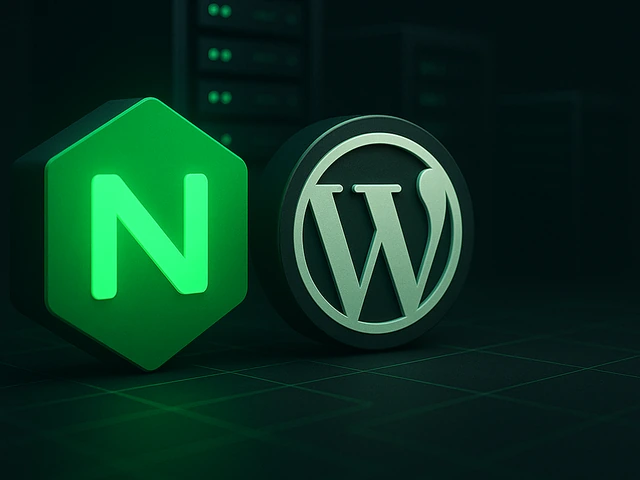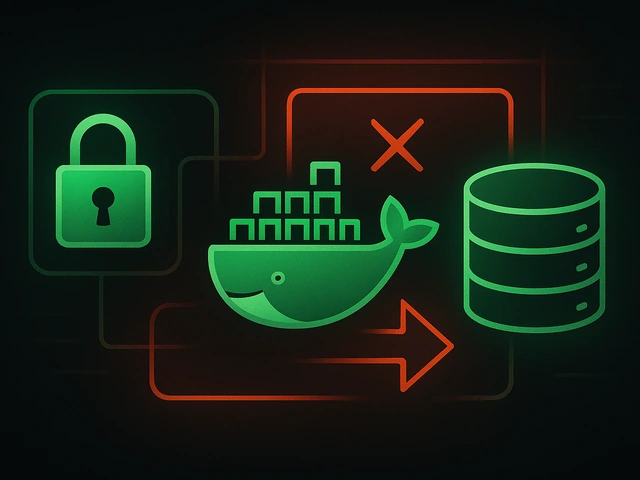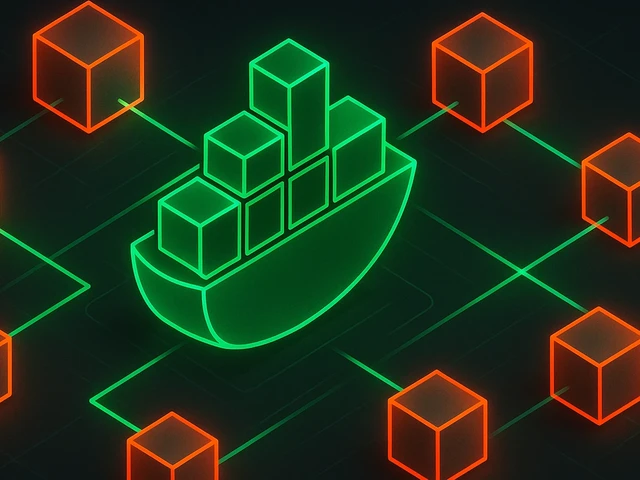The computer online game Minecraft has gained unprecedented popularity among children and youth by giving the player complete freedom of action. And the most po...
3v-Hosting Blog
Maximizing performance: 10G servers and their applications
10 min read
Every year, the demand for high-performance servers continues to grow exponentially. As businesses rely more than ever on data-intensive applications and cloud computing services, the need for servers with high-speed networking capabilities is paramount. 10G servers supporting 10 Gigabit Ethernet (10GbE) networks have emerged as a powerful solution to meet this demand.
In this article we will touch on the issue of 10G servers, analyzing their uses, advantages, problems and other considerations. We'll look at this issue from multiple angles, providing a comprehensive overview of 10G servers and their role in modern computing environments.
Block 1: What are 10G Servers?
What are 10G Servers?
10G servers are computer systems equipped with 10 Gigabit Ethernet network interfaces. These servers provide data transfer rates of 10 gigabits per second (Gbps), which is ten times faster than the standard 1 Gigabit Ethernet (1GbE) connections typically found in most network devices. This speed increase is especially beneficial for data centers, enterprises, and applications that require fast data processing and transfer.
Evolution of network speeds
The development of technology and large investments in the development of network solutions, associated with the growing popularity of the Internet and the explosive growth in the number of subscribers of Internet providers, pushed progress and network devices very quickly evolved from speeds of a few kilobytes per second to 100 gigabits per second.
Here are the main milestones of this process:
10/100 Ethernet: In the early 1990s, 10/100 Ethernet emerged, offering network speeds of 10 Mbps or 100 Mbps.
1GbE: In the early 2000s, 1 Gigabit Ethernet (1GbE) became the standard, providing speeds of 1 Gbps.
10GbE: 10 Gigabit Ethernet (10GbE) appeared around 2002, providing a significant increase in data transfer speeds.
40GbE and 100GbE. In subsequent years, even higher speed standards such as 40 Gigabit Ethernet (40GbE) and 100 Gigabit Ethernet (100GbE) were developed to meet ever-increasing data demands.
And if previously such a speed of traffic exchange was mainly needed only by backbone Internet connection providers, now larger and larger volumes of traffic are consumed by individual servers and this is primarily due to the large and ever-increasing volume of video content and big data.
Block 2: The versatility of 10G servers
Data centers
Data centers are the epicenter of today's digital world, processing massive amounts of data and supporting resource-intensive applications. 10G servers are the backbone of data centers, providing fast data transfer and seamless access to cloud services. They are ideal for tasks such as virtualization, big data processing, and hosting mission-critical applications.
Enterprise Environments
In enterprise settings, 10G servers provide significant performance improvements. They enable fast and efficient communication between departments, support high-speed backups and provide quick access to shared resources. This is especially important in large organizations where data access and transmission can be a bottleneck.
Content delivery
For content delivery networks (CDNs), where timely and efficient distribution of digital content is critical, 10G servers are invaluable. They ensure that videos, images and other content reach end users with minimal delay, improving the overall user experience.
High Performance Computing (HPC)
High-performance computing (HPC) clusters, often used in scientific research, weather forecasting and financial modeling, rely on 10G servers to process complex calculations at astonishing speeds. These servers are needed for modeling, data analysis and scientific research where time is of the essence.
Block 3: Benefits of 10G servers
Speed and efficiency
The most obvious advantage of 10G servers is their speed. They offer ten times faster data transfer speeds than 1GbE connections, resulting in faster data transfers, reduced latency and improved network performance. This speed is a game-changer for data-intensive tasks such as live video streaming, large-scale data backup, and database access.
Scalability
10G servers are highly scalable, making them an excellent choice for growth-oriented companies. As data needs grow, it is relatively easy to add more 10G ports or upgrade existing infrastructure to support higher bandwidth requirements.
Advanced Virtualization
Virtualization technologies such as VMware and Hyper-V benefit greatly from 10G servers. High-speed network connections allow you to run more virtual machines (VMs) on a single physical server without sacrificing performance.
Future-oriented
Investing in 10G servers is a form of future-proofing. While they are currently the ideal solution for many applications, they are also backwards compatible with 1GbE and can be upgraded to 40GbE or 100GbE, ensuring they remain relevant as network requirements evolve.
Block 4: Problems of implementing 10G servers
Expenses
While the benefits of 10G servers are clear, they come at a price. The infrastructure required to support 10G networks, including switches, cables and network cards, can be expensive. Businesses must carefully consider their budget and weigh the benefits versus the initial investment.
Compatibility
Upgrading to 10G servers may require checking compatibility with existing hardware and software. Older network equipment or servers may need to be replaced or upgraded to take full advantage of 10G. Compatibility issues may result in delays and additional costs.
Training and Expertise
Managing 10G servers and networks may require additional knowledge. IT staff may require training to effectively configure, troubleshoot, and optimize the infrastructure. There may be a need to hire or outsource 10G network experts, which will increase operating costs.
Power consumption
Due to increased processing power and data throughput, 10G servers often consume more power than their 1GbE counterparts. This can lead to increased operating costs and environmental concerns as data centers and enterprises strive for energy efficiency.
Block 5: Considerations for 10G Server Deployment
Assessing Needs
Before deploying 10G servers, organizations must carefully assess their networking requirements. It's crucial to determine whether the benefits of 10G networking, such as reduced latency and increased bandwidth, align with the specific needs of the business.
Budget Planning
Budgeting is a critical aspect of 10G server deployment. Organizations must factor in the cost of servers, networking equipment, and ongoing operational expenses, considering both the initial investment and long-term sustainability.
Scalability Strategy
Organizations should formulate a clear scalability strategy. While 10G servers offer scalability, it's essential to plan for future growth and understand how additional resources can be added to the network without disruption.
Training and Skill Development
Investing in the training and skill development of IT staff is vital. Ensuring that the team can effectively manage and troubleshoot 10G servers and networking equipment is key to maximizing the benefits of this technology.
Block 6. Applications
And finally, five common use cases for 10G servers by individuals or small startups:
Video streaming services. Small companies, startups or individuals looking to provide high-quality video streaming services can benefit from 10G servers. A faster network connection ensures smooth, buffer-free streaming and faster delivery of content to viewers.
Virtual private network (VPN) services. Companies offering VPN services can use 10G servers to encrypt and route data for their clients. High bandwidth ensures a large number of simultaneous connections and fast data transfer for users.
Game hosting. Individuals or small gaming startups can use 10G servers to host multiplayer games. These servers can provide high-speed, low-latency connections to players, enhancing the gaming experience.
High Performance Computing (HPC): 10G servers are critical for scientific research, simulation and data analysis. They can enable the rapid exchange of data needed for complex calculations, making them suitable for tasks such as genetic sequencing, climate modeling or financial modelling.
E-commerce websites. Small e-commerce businesses benefit from 10G servers by providing fast and reliable access to their online stores. This ensures fast loading product pages, easy ordering, and efficient order processing.
And much, much more...
These examples demonstrate how 10G servers can support a variety of applications, especially those that require high-speed data transfer and low latency, which is important for providing quality services and meeting the needs of users or customers.
Conclusions
Obviously, the wider the network channel, the more traffic the server can receive and send per unit of time, and this outlines the main areas of application of such servers. It is also worth considering that processing a large number of data packets requires not only the simple presence of an appropriate network card, but also the specific power of the server itself so that it can process the packets without delays.

Learn how IP addresses work: IPv4 vs IPv6, public and private IPs, DNS resolution, routing, security basics, and how IPs are used in real server and cloud infra...

Accelerating WordPress at the Nginx level: correct PHP-FPM settings, try_files, static files, caching, Brotli, wp-login protection, and secure headers for stabl...

Effective backup strategies for Docker applications: how to protect volumes, data, and configurations while avoiding common mistakes, and quickly restore servic...












